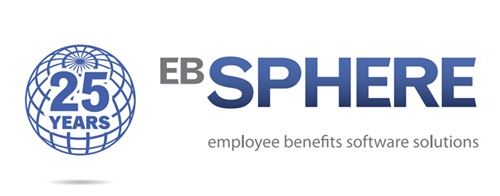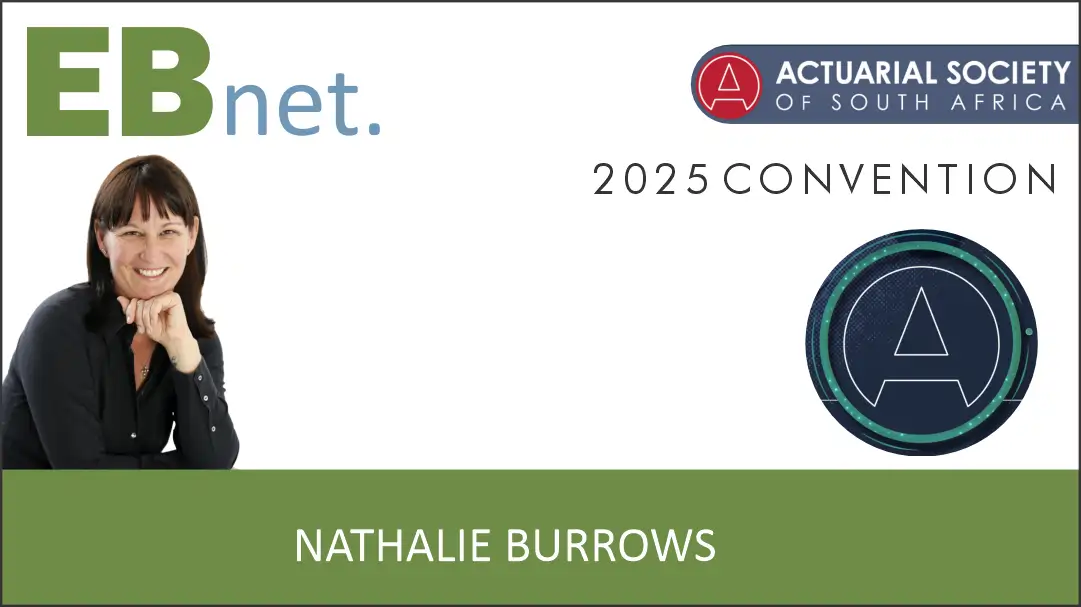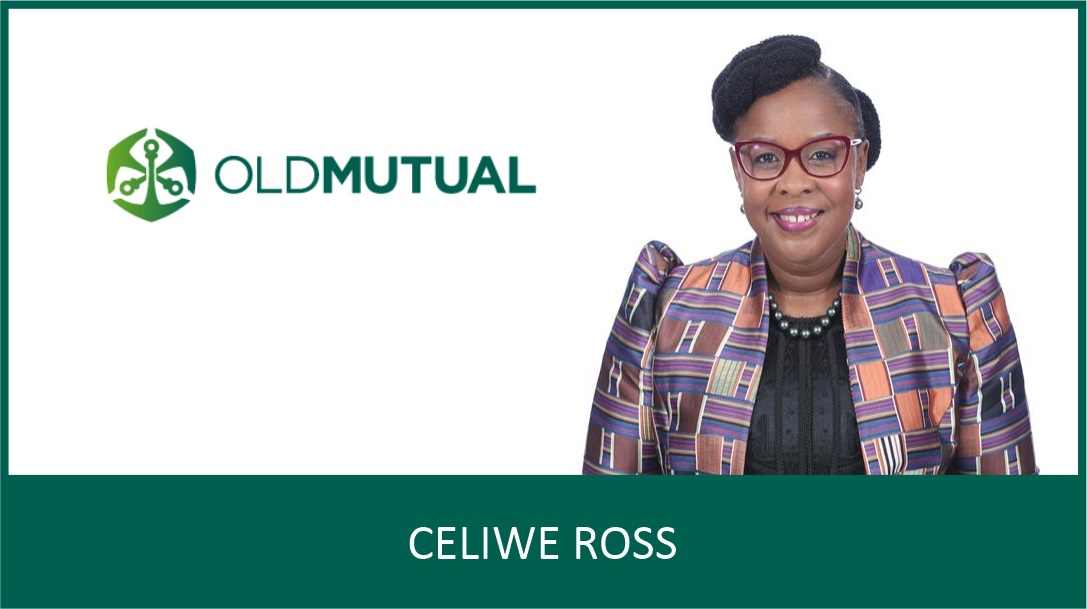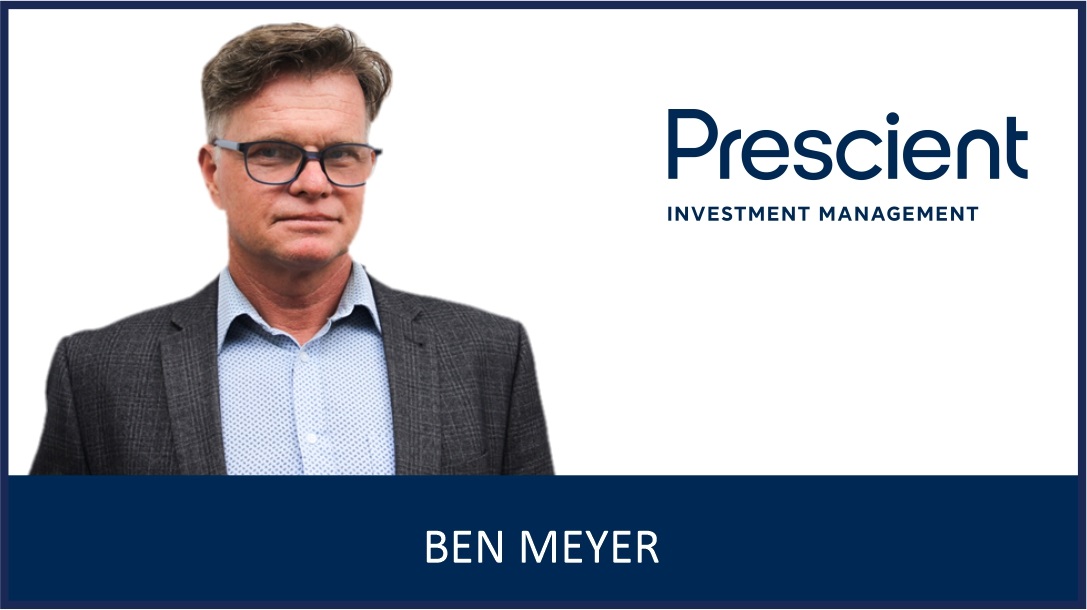Nathalie Burrows, Editor at EBnet
Day 2 of the 2025 Actuarial Society of South Africa Convention continued to deliver the great standard of content set by Day 1.
Starting with a session from Solly Tsie (Sanlam) titled: More than just returns. Regulation 28 of the Pension Funds Act requires trustees to consider environmental, social and governance (ESG) factors when making investment decisions, as part of their fiduciary duty to act in the best interests of members. While it does not mandate specific ESG investments, it obliges funds to take ESG risks into account and promote responsible, sustainable investing aligned with long term member outcomes. The regulation supports a principles-based approach, encouraging trustees to integrate ESG considerations into their investment policy statements and due diligence processes. Overlaying this with the findings of the 2025 Sanlam Benchmark Survey, Solly persuasively argued that if trustees are chasing financial returns, they’re not solving for the full problem, nor setting themselves up to make the most of the full opportunity available. When you see how far behind other countries South Africa is in terms of investing in resolving its own social imperatives like infrastructure, energy, education, etc, you begin to appreciate how big the opportunity is and how powerful a solution could be. Funds like the Australian Retirement Trust (AUD330 billion) announcing its impact investing framework, Cbus Super (also Australia) dedicating 1% of its portfolio to climate change investments, the GIC in Singapore (a sovereign wealth fund) at 30%, the California public pension plan at 40% – compared to South Africa’s average balanced fund at 2.8%.
The 2025 Sanlam Benchmark Survey showed that retirement fund trustees want to make a difference with their fund’s investment – the issues now are about deal flow and making it easy. It was good to see the conversation on the ground solutioning for this, with discussion on lowering minimums to entry, a possible fund of funds approach and the long term asset funds approach (LTAFs) in the UK – with the one overriding agreement that sharing of knowledge is the key to unlocking benefit for all. The call to action is clear: Let’s reframe fiduciary duty to include financial security, social cohesion, and intergenerational equity.
The next session I attended was led by Martiens Barnard (Momentum): Exploring hybrid annuities, behaviour tax and whether the choice of annuity affects this tax. To remind you, behaviour tax is the loss in investment returns caused by poor investment decisions, specifically switching between investments based on fear or greed.
Martiens shared the research and findings of his paper on this subject, the bottom line: hybrid annuities, by offering a guaranteed income component, reduce uncertainty and emotional reaction in retirees, thus lowering the behavioural tax. This product design improves long term retirement outcomes by combining behavioural finance insights with practical risk mitigation for income, market, longevity and inflation risks.
I also attended the session 2 Pot: What we know now, and what that means for the future, presented by Sinah Mabeba and Guy Chennells (Discovery). Their findings were indisputable: the compulsory preservation of retirement fund members’ retirement pots will increase Net Replacement Ratios across the board – even if members take savings pot withdrawals. But it’s still not going to guarantee that members have sufficient to retire on. And the three main interventions available for closing this retirement gap are:
- Preservation – don’t take any portions in cash that you might be entitled to
- Delay retirement – retirees earn 10% extra income for every additional year worked
- Increase contributions
When exploring the option of increasing contributions, the Discovery team pointed to The Save More Tomorrow Program by Richard Thaler and Shlomo Benartizi as a great example of an innovative solution. The behavioural obstacles addressed by this model are:
- Bounded rationality
- Self-control, procrastination and inertia
- Loss aversion/”nominal loss aversion”
- Status quo bias/defaults
These are interesting guidelines trustees and their consultants should keep in mind when designing fund communication or education programmes trying to encourage the right behaviour in members.
And one last point, the benefit of investing your savings pot differently to your retirement pot? Well, there really isn’t any. Like their conclusion summarised: Sometimes the smartest investment strategy is disciplined simplicity.
Thank you to ASSA for hosting EBnet at their conference. It’s great to hear the excitement and see the enthusiasm when designing solutions for benefits, savings and investments of South Africans.
ENDS
























































































